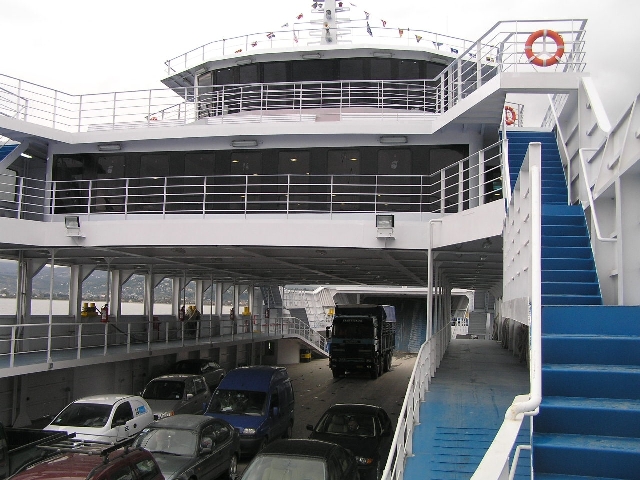The Roll-on/ Roll-off ship is one of the successful kinds operating today. Apart from its flexibility, its capability to integrate with other transport systems and speed of operation has turned it hugely popular on many shopping routes. One of the substantial roles of Ro-Ro ships is to act as a passenger ferry, especially on the short-sea routes. The Ro-Ro safety and security have been empowered by IMO for ensuring shield-protection of the sea passengers. Take a look at following to know more with the same:
The Development of Ro-Ro Ships
The development of Ro-Ro ship can be traced some one hundred years back. Those ships were built for transporting trains across rivers. The ships were fitted with rails. The trains rolled straight on to the ship. The ship sailed across the river and reached another rail berth where the train rolled off again.
During the World War II, Ro-Ro ships were built for carrying tanks and other military equipments to battlefields. The Ro-Ro principle was applied on merchant ships during 1940s. The principle became popular on short sea ferry routes.
Ro-Ro ship offers a few advantages over traditional ship. The prime advantage, which a ship gets from the Ro-Ro ship, is the speed. Cars and heavy moving vehicles can drive straight on to this ship and can roll off easily at other port.
Detection of the Problem Areas
Ro-Ro ships have become successful at carrying various loads. However, some experts have expressed their concerns regarding safety.
In case of traditional ship, the hull is divided with transverse bulkheads, which are watertight. If the hull is damaged in an accident, the bulkheads will prevent or slowdown the inrush of water. The Ro-Ro ship has unpierced transverse bulkheads that offer obstacle.
The cargo access at the bow and stern of the Ro-Ro ship has a potential weak spot. With the passage of time, the side doors may get twisted or damaged when the doors serves the function of a ramp.
The movement of cargo on the deck can affect the stability of the ship. If the hull is damaged, water can rush inside rapidly causing major damage. The large superstructure can be affected by bad weather or wind easily.
IMO’s Activities in the Areas of Ro-Ro Safety
IMO was formed in 1959. Since its formation, IMO has held various conventions for addressing the safety issues of vessels including Ro-Ro ships.
In 1972, IMO framed the International Regulations for Preventing Collisions at Sea. The regulation suggests some steps, which a Ro-Ro owner should take for enhancing safety when the ship travels through narrow channels, straits, etc.
The measures explained in the 1972 regulation have become successful in reducing the chances of head-on collisions. During the 1960s, the number of collisions went down drastically when ships operated in the English Channel.
Other conventions that speak about safety norms are the International Convention on Load Lines of 1966, the International Convention for Safe Containers of 1972, etc.
Ro-Ro ships have helped ship owners to transport people and goods from one place to another place at short time. Some safety issues exist with the design. IMO has framed a few regulations that have reduced the chances of head-on collisions.


